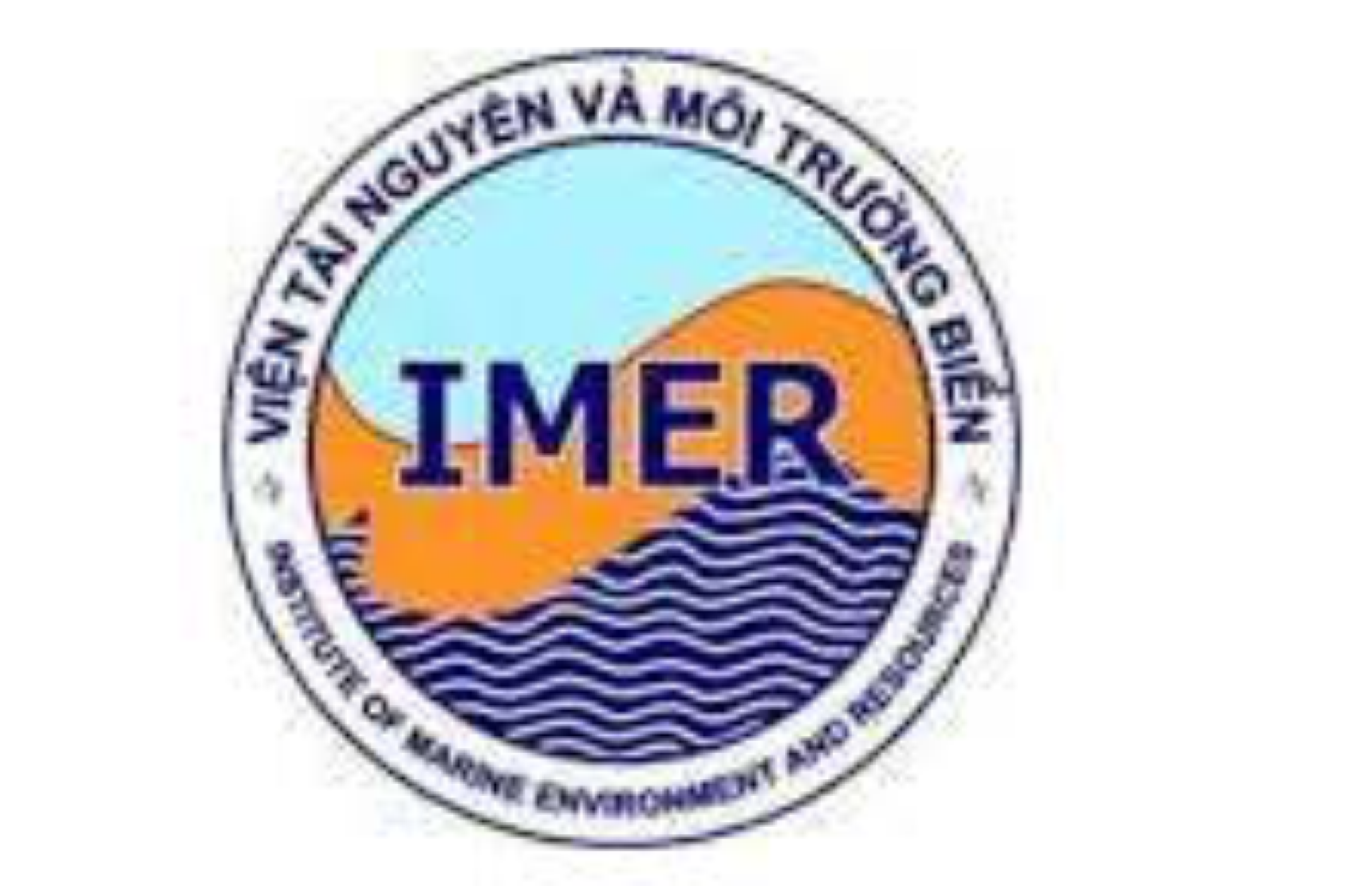HÀM LƯỢNG As, Pb TÍCH LŨY TRONG LOÀI HẾN (Corbicula sp.) VÀ HÀU SÔNG (Ostrea rivularis Gould, 1861) TẠI CỬA SÔNG CU ĐÊ, THÀNH PHỐ ĐÀ NẴNG
Author affiliations
DOI:
https://doi.org/10.15625/1859-3097/10/1/904Abstract
Động vật hai mảnh vỏ rất phổ biến và được ghi nhận là một loài chỉ thị sinh học tốt bởi vì nó có phân bố rộng và phổ biến ở nhiều thủy vực, có đời sống tĩnh, sức chống chịu tốt với ô nhiễm và tích lũy cao các chất ô nhiễm từ nước và trầm tích. Động vật hai mảnh vỏ đã được nghiên cứu để chỉ thị cho ô nhiễm KLN trong môi trường. Hơn nữa, công nghệ này dễ dàng đánh giá KLN tích lũy trong sinh vật, thường là cao hơn trong các thành phần khác, phản ánh được KLN linh động và có thể đi vào trong chuỗi thức ăn như là chất độc và gây độc hại đối với hệ sinh thái. Trong nghiên cứu này, chúng tôi trình bày kết quả nghiên cứu về tích lũy KLN As và Pb trong loài Hến (Corbicula sp.) và loài Hàu sông (Ostrea rivularis G.) từ cửa sông Cu Đê, TP. Đà Nẵng. Dữ liệu nghiên cứu này của chúng tôi góp phần quan trọng trong việc sử dụng loài Hến (Corbicula sp.) và loài Hàu sông (Ostrea rivularis G.) làm sinh vật chỉ thị ô nhiễm KLN.
Summary: Bivalves are widely regarded as good bioindicator species because of their widespread distribution and abundance in many aquatic habitats. They have sedentary life, hardiness and ability to bioaccumulate from water and sediments. Bivalves have been studied to indicate the pollution of heavy metal in environment. Besides the technical facilities to determine metal concentration in organisms, usually higher than that of the other components, represent the amount of metals bioavailability and thus possibly going into food chain with possible toxic and deleterious impacts to the ecosystem. In this study, we present the studied results about concentration of As, Pb in Clam (Corbicula sp.) and Oyster (Ostrea rivularis G.) from Cu De estuarine, Da Nang city. Our data have important implications for biomonitor of heavy metal by Clam (Corbicula sp.) and Oyster (Ostrea rivularis G.).









